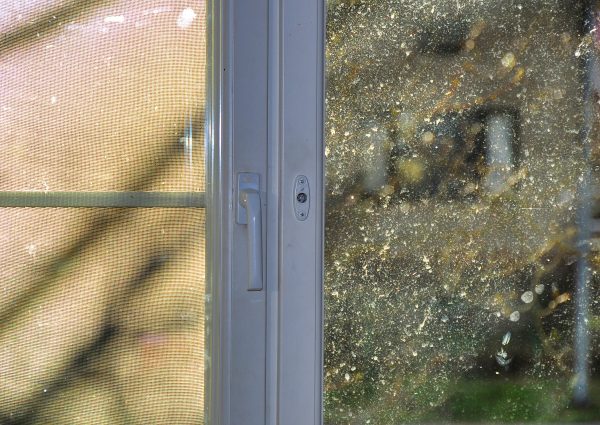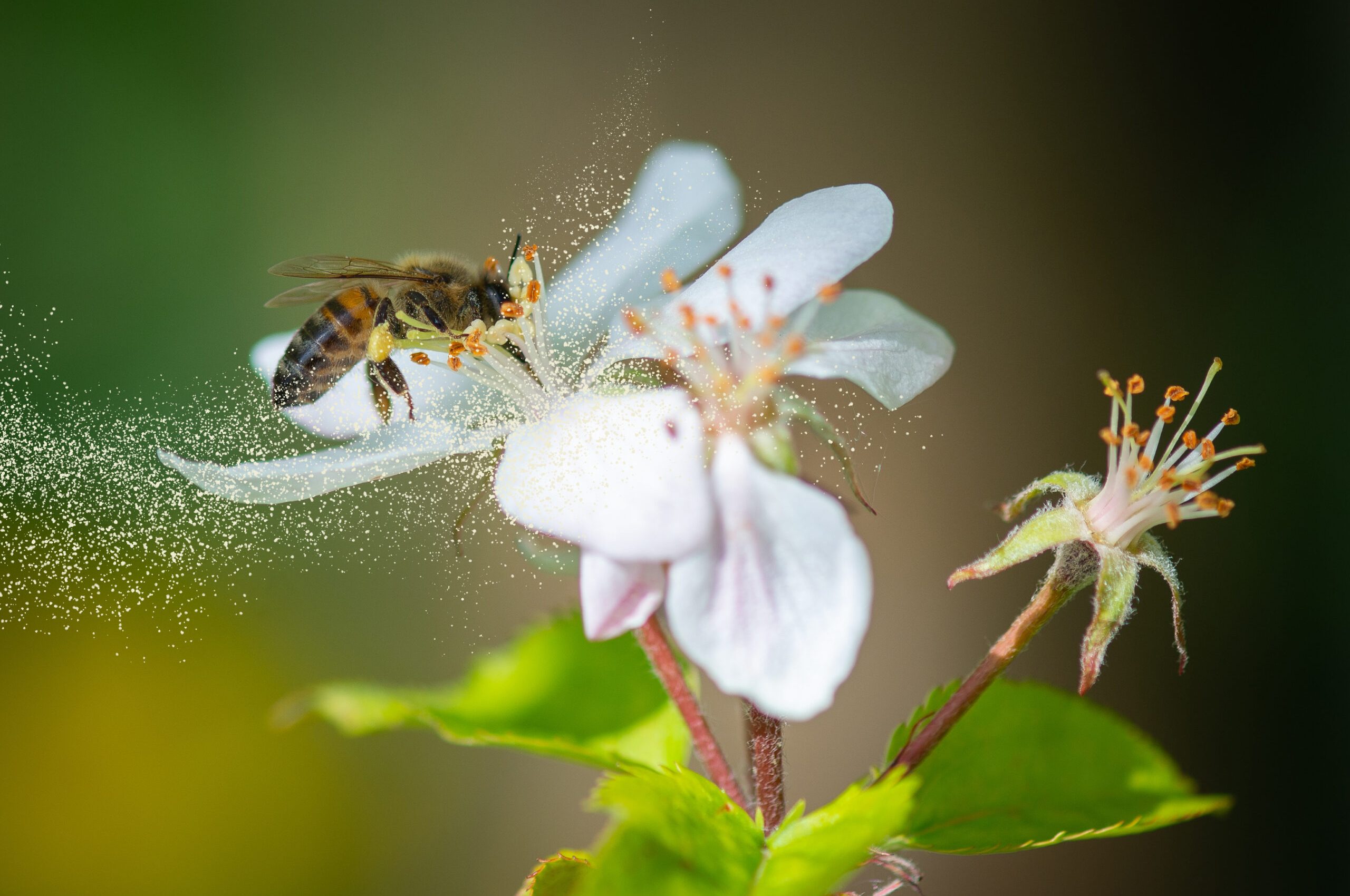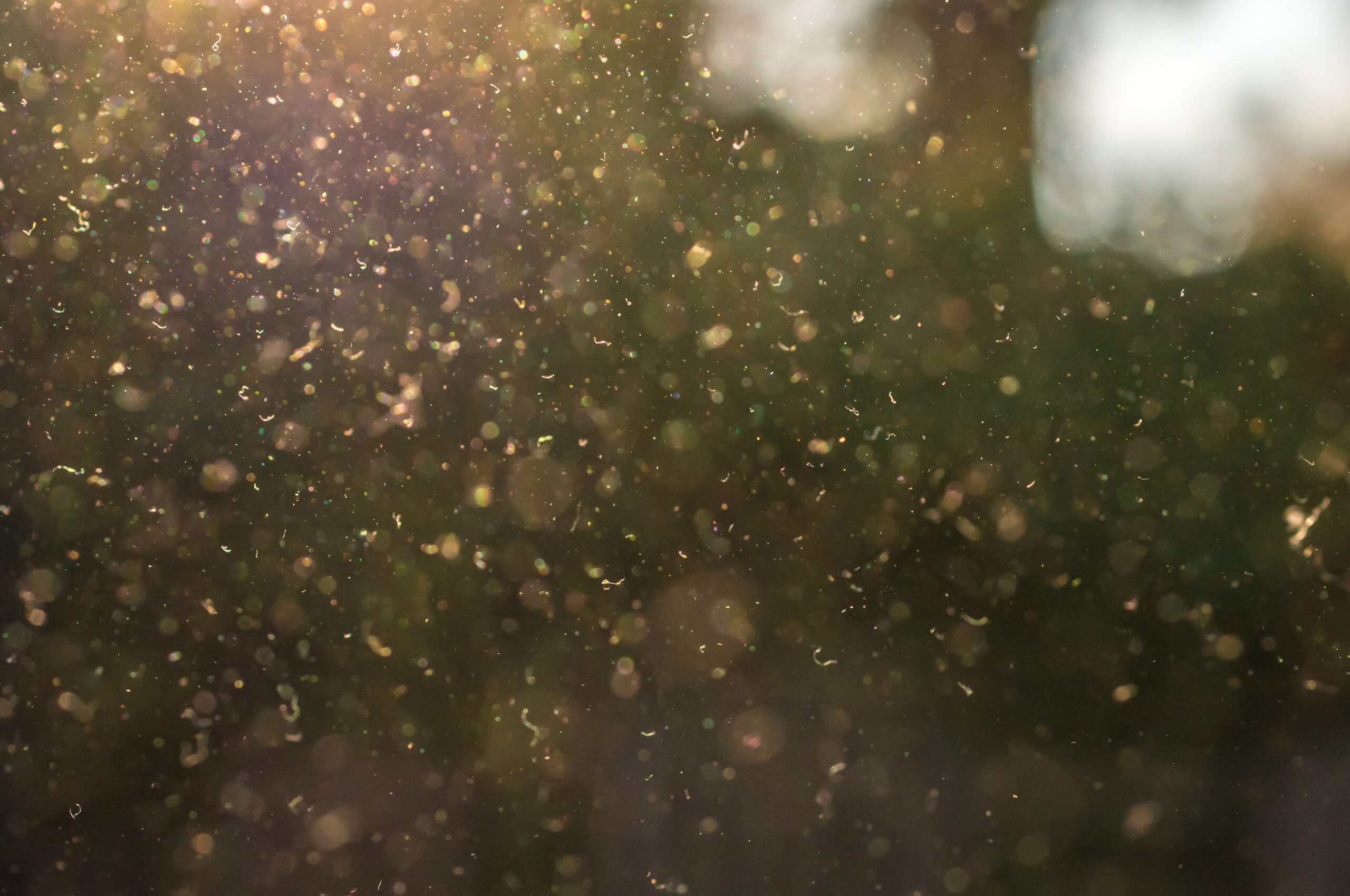Pollen
Dangers
This is a term that people in the medical field use to relate to hay fever and allergies that only come up in certain seasons. Rhinitis can worsen and cause asthma problems which include sinus problems.
This type of danger usually causes common side effects with seasonal changes such as runny nose, itchy nose, sneezing, and itchy and watery eyes.
Some examples of allergic conjunctivitis include red, watery, or itchy eyes due to pollen exposure.
The weather can affect the amount of pollen that is emitted through the air. Whether it’s cold, warm, or cold, the difference can make a person’s asthma act up really high or really low.

Sources

Plants
Pollen is typically released by plants when it is carried away by the wind or when someone comes into contact with it, often during the spring and summer months. However, the timing can vary depending on the climate.

Air
Pollen can be transmitted in the air through windows or other sources in the home. This can cause sneezing, congestion, watery eyes, and other cold-like symptoms.
How to Limit & Avoid an Indoor Gas Danger
Pollen exposure
To lessen exposure to pollen in the home, be sure to have the windows in your home closed. If you’ve been outside, take a shower to remove any pollen that might’ve fallen on you, and stay inside the house if your allergies are very high.
Medicines to take
Antihistamines help with chemical histamine, Nasal Corticosteroids when you have naval problems, Decongestants which can be prescribed as either a nasal spray or oral, and Immunotherapy which is a type of allergy shot.